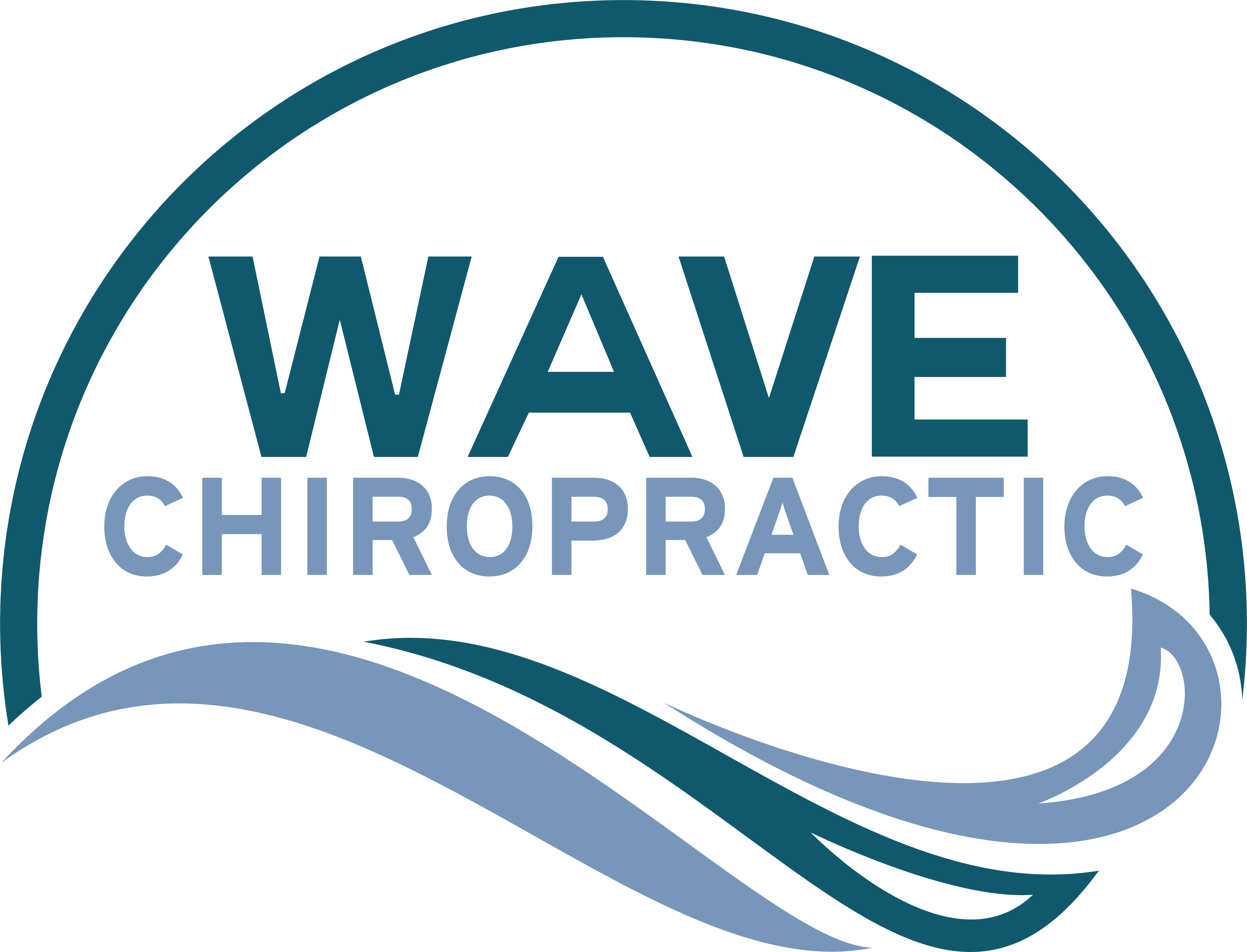You might be wondering if spinal care can truly enhance your flexibility. Many people experience tightness or discomfort that limits their movement, and addressing spinal health could be the key to overcoming these challenges. Chiropractic adjustments and targeted therapies aim to improve spinal alignment and reduce muscle tension, which may lead to a greater range of motion. But what specific practices can maximize these benefits, and how do they play a role in your overall mobility? The answers could surprise you.
Understanding Spinal Care
When you understand spinal care, you take an important step toward maintaining your overall health. Your spine supports not just your body but also protects your nervous system, which controls every function in your body. As a result, keeping your spine in good condition is essential.
You can start by being mindful of your posture, whether you're sitting at a desk or lifting heavy objects. Good posture aligns your spine properly, reducing strain on muscles and ligaments.
Regular exercise also plays an important role in spinal care. Engaging in activities that strengthen your core muscles can provide added support to your spine. Focus on exercises that promote flexibility and balance, which can help prevent injuries.
Incorporating yoga or Pilates into your routine can be particularly beneficial, as these practices emphasize body awareness and alignment.
Additionally, paying attention to your sleeping habits is important. Use a supportive mattress and pillow to maintain a neutral spine position while you sleep. Avoid sleeping on your stomach, as this can place unnecessary pressure on your spine.
Don't ignore any discomfort or pain. If you experience persistent issues, consulting a healthcare professional can help identify any underlying problems. They may recommend treatments like physical therapy, which can aid in strengthening and rehabilitating your spine.
The Connection Between Spine and Flexibility
Flexibility plays an indispensable role in the health of your spine, as it allows for a greater range of motion and reduces the risk of injury. When your spine is flexible, it can adapt to various movements and activities more efficiently. This adaptability helps maintain proper posture and spinal alignment, which are essential for overall well-being.
Your spine consists of vertebrae, discs, and soft tissues that need to work harmoniously. Tight muscles or stiff joints can limit your spinal flexibility, leading to discomfort or even pain. When you experience restricted movement in your spine, it can affect your entire body, creating a ripple effect that impacts your daily activities.
You might find it harder to bend, twist, or perform exercises, increasing the likelihood of injury.
Moreover, your spine's flexibility directly influences how well your body absorbs shock and distributes weight during movement. A flexible spine can manage stress better, reducing wear and tear on the vertebrae and surrounding structures. This cushioning effect is important for athletes and anyone engaged in physical activities.
Incorporating stretches and mobility exercises into your routine can enhance your spinal flexibility. Focus on targeting the muscles surrounding your spine, such as the hamstrings, hip flexors, and core.
Benefits of Chiropractic Adjustments
Chiropractic adjustments offer a range of benefits that can greatly improve your spinal health and overall well-being. One of the most immediate advantages you might notice is pain relief. Whether you're dealing with back pain, neck pain, or headaches, regular adjustments can alleviate discomfort by reducing tension and improving spinal alignment.
Additionally, these adjustments can enhance your range of motion. When your spine is properly aligned, your body can move more freely, allowing you to engage in daily activities or exercise with greater ease. This increased flexibility not only makes you feel better physically but also boosts your overall performance, whether in sports or simple tasks.
Furthermore, chiropractic care can positively impact your nervous system. By ensuring that your spine is in alignment, you help your nervous system function more effectively, leading to better communication between your brain and body. This can improve your posture, enhance balance, and even elevate your mood.
Another significant benefit is the reduction of inflammation. Chiropractic adjustments can promote better circulation, which aids in the healing process and helps reduce swelling in affected areas. Over time, this can lead to improved overall health.
Incorporating chiropractic adjustments into your wellness routine can also foster a sense of relaxation. Many people find that regular visits to the chiropractor help them manage stress and improve their overall quality of life.
As you experience these benefits, you'll likely find yourself feeling more balanced, both physically and mentally.
Role of Physical Therapy
Physical therapy plays a vital role in enhancing your spinal health and overall mobility. When you experience discomfort or limitations in your range of motion, a physical therapist evaluates your specific needs and develops a tailored program. This personalized approach helps address the underlying issues affecting your spine and flexibility.
One of the key benefits of physical therapy is its focus on strengthening the muscles surrounding your spine. Weak muscles can contribute to poor posture and increased strain on your spinal structures. By engaging in targeted exercises, you'll build strength and stability, which can alleviate pain and improve your overall function.
Additionally, physical therapists teach you proper body mechanics, ensuring that you move safely and effectively during daily activities.
Another important aspect of physical therapy is the incorporation of manual techniques. These hands-on methods can help release tension, improve circulation, and increase flexibility in your muscles and joints. As a result, you may experience reduced pain and improved mobility in your spine.
Moreover, physical therapists often guide you in developing effective stretching routines that are essential for maintaining flexibility. They can help you identify tight areas and provide strategies for achieving better range of motion.
Exercises to Enhance Spinal Health
To enhance your spinal health, you'll want to focus on a combination of stretching techniques, core strengthening exercises, and posture improvement practices.
These elements work together to boost flexibility, support your spine, and promote overall well-being.
Let's explore how each of these strategies can benefit you.
Stretching Techniques for Flexibility
While maintaining flexibility is essential for overall spinal health, incorporating specific stretching techniques can greatly enhance your range of motion and reduce the risk of injury.
Start with the cat-cow stretch, which warms up your spine and promotes mobility. Begin on your hands and knees, arch your back while inhaling, then round it as you exhale.
Next, try the seated forward bend. Sit with your legs extended, reach for your toes, and hold the stretch for 15-30 seconds. This targets your hamstrings and lower back, improving flexibility.
Another effective technique is the standing quadriceps stretch. Stand on one leg, bend the other knee to bring your heel towards your glutes, and hold your ankle. This opens up your hip flexors while stretching your thighs.
Incorporate the spinal twist as well. Sit cross-legged, place your right hand on your left knee, and gently twist your torso to the left. This helps increase spinal flexibility and releases tension.
Lastly, don't forget about the child's pose. Kneel on the floor, sit back on your heels, and stretch your arms forward. This position promotes relaxation and gently stretches your spine.
Core Strengthening Exercises
Maintaining flexibility is just one part of a thorough approach to spinal health; strengthening your core plays a pivotal role as well. A strong core supports your spine, improves balance, and enhances overall movement. Incorporating core strengthening exercises into your routine can greatly benefit your spinal health and flexibility.
Start with planks, where you hold your body in a straight line, engaging your abdominal muscles. Aim for 30 seconds to a minute, gradually increasing the duration as you get stronger.
Next, try bridges. Lie on your back with knees bent, lift your hips towards the ceiling while squeezing your glutes, then lower back down. This exercise not only strengthens your core but also activates your lower back.
Consider adding bicycle crunches to your routine. While lying on your back, alternate bringing your knees to your chest and touching your elbows to the opposite knee. This motion engages your obliques and builds strength.
Finally, incorporate bird-dogs by getting on your hands and knees, extending one arm forward while extending the opposite leg back. Hold for a few seconds, then switch sides.
These exercises can enhance your core strength and promote spinal health, contributing to improved flexibility overall.
Posture Improvement Practices
Good posture is essential for spinal health, and there are several effective exercises that can help improve it.
One of the simplest yet most effective practices is the wall angel. Stand with your back against a wall, ensuring your heels, buttocks, and head touch the surface. Raise your arms to form a 'W' shape, then slowly slide them up to a 'Y' position while keeping contact with the wall. This exercise promotes shoulder mobility and helps align your spine.
Another great option is the cat-cow stretch. Start on your hands and knees, with your wrists aligned under your shoulders and knees under your hips. Inhale as you arch your back, lifting your head and tailbone (the cow pose). Exhale as you round your back, tucking your chin and pelvis under (the cat pose). This dynamic stretch increases flexibility and encourages spinal alignment.
Lastly, practice chin tucks. Sit or stand with your back straight, gently pull your chin in toward your neck, and hold for a few seconds before releasing. This strengthens the neck muscles and helps maintain proper alignment.
Incorporate these exercises into your routine, and you'll notice improvements in your posture and spinal health.
Personal Experiences and Testimonials
Personal experiences and testimonials reveal the profound impact spinal care can have on everyday life. Many individuals, like yourself, have shared how regular spinal adjustments led to increased flexibility and improved mobility.
Take Sarah, for instance. Before starting her spinal care routine, she struggled to touch her toes. After just a few sessions, she noticed a significant difference, enabling her to engage more fully in yoga and other physical activities.
Then there's Mark, who experienced chronic back pain from a demanding job. He found that spinal care not only alleviated his discomfort but also enhanced his overall flexibility. He could finally enjoy weekend hikes without worrying about stiffness or pain. Testimonials like Mark's underscore the transformative effects of consistent spinal care.
Another common theme you'll find in these stories is the overall sense of well-being that comes with improved spinal health. Many report better posture, reduced stress, and even a boost in energy levels.
When your spine is aligned and functioning correctly, it can lead to a domino effect, positively impacting various aspects of your life.
These personal accounts highlight how spinal care can be a game-changer, allowing you to embrace activities you once found challenging. If you're considering spinal care, remember that numerous individuals have walked this path and reaped the rewards.
It's not just about flexibility; it's about reclaiming your life and enjoying movement in ways you mightn't have thought possible.
Conclusion
In summary, prioritizing spinal care can genuinely enhance your flexibility and overall mobility. By incorporating chiropractic adjustments, physical therapy, and targeted exercises into your routine, you can experience smoother movements and reduced tension. Don't underestimate the importance of a healthy spine; it plays a vital role in how you move and feel. Embrace these practices, and you'll likely find yourself enjoying physical activities with greater ease and comfort than ever before.

